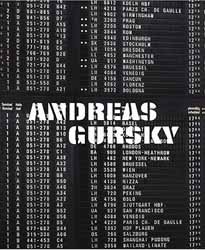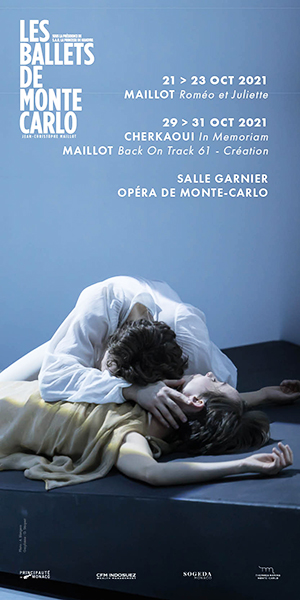PrÃĐsentation
Bernhard Mendes BÞrgi, Beate SÃķntgen, Nina Zimmer
Andreas Gursky
Â
Ce catalogue est publiÃĐ Ã lâoccasion de lâexposition dâAndreas Gursky au Kunstmuseum de BÃĒle, du 20 octobre 2007 au 24 fÃĐvrier 2008.
Extrait de On the Edges of the Event: Echoes of the Nineteenth Century in Andreas Gurskyâs Series F1 Pit Stop, par Beate SÃķntgen
ÂŦ ÂŧIt might be interesting for you art historians to find out why an artist who is as clueless about art history as I am still has access to this formal vocabulary. Âŧ â Andreas Gursky, 1998
Andreas Gursky has often compared his working methods to those of a painter. This approach to photography is reflected both in the fact that he works with the kind of large-scale format associated with history painting and in his accentuation of the one picture. Even when several photographs are taken of the same motif, such as a trading floor or a factory, they are not conceived as mutually contingent parts of a series but as individual pictures in which variation is the very substance of their authority and singularity. It is this emphasis on the individual picture that distinguishes Gursky from Bernd and Hilla Becher, initiators of a movement that has brought forth important exponents of the new large-format photography. In the spirit of Neue Sachlichkeit, the Bechers committed themselves to documentary photography and, with that, to a practice in which subjective viewpoints are renounced in an endeavor to capture the core, indeed, the essence of their subject matter. To achieve their goal, Bernd and Hilla Becher take a serial approach that accentuates the typical within variation. The attempt to extract a type from contingent appearances in itself reveals the dilemma inherent in such ÂŦ pure Âŧ photography: namely, that even documentary work is inevitably constructed in character.
It is the work of the succeeding generation, especially of Andreas Gursky and Thomas Ruff, that has brought this dilemma to the fore, though without abandoning the understated detachment of representation without comment.Âŧ



 parisART sur Instagram
parisART sur Instagram